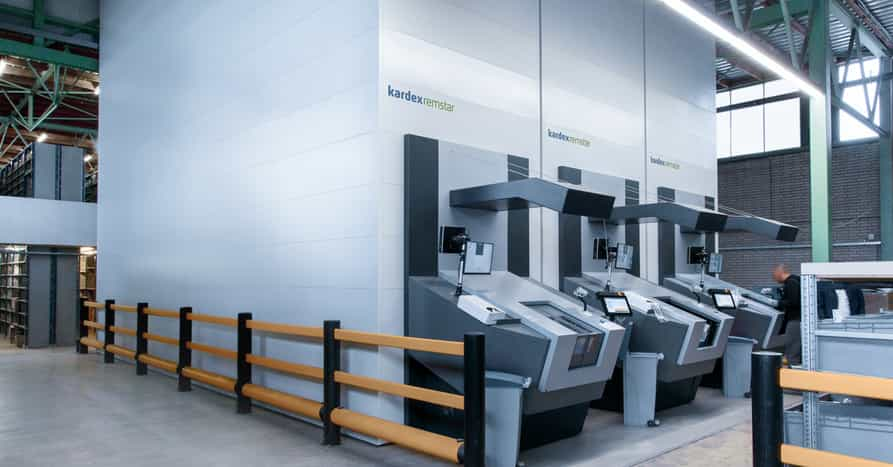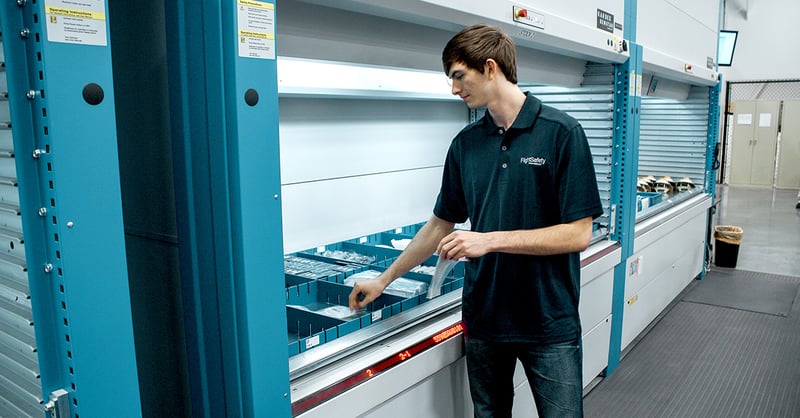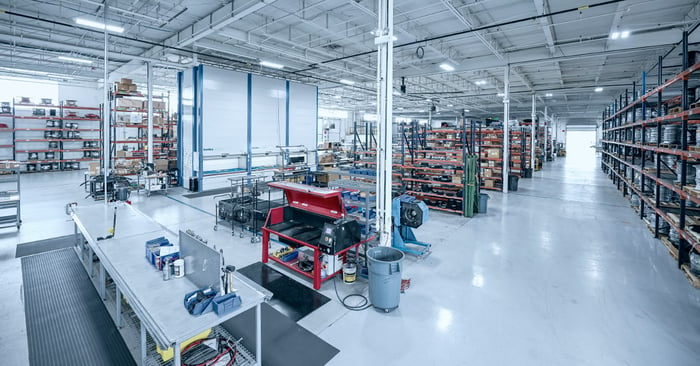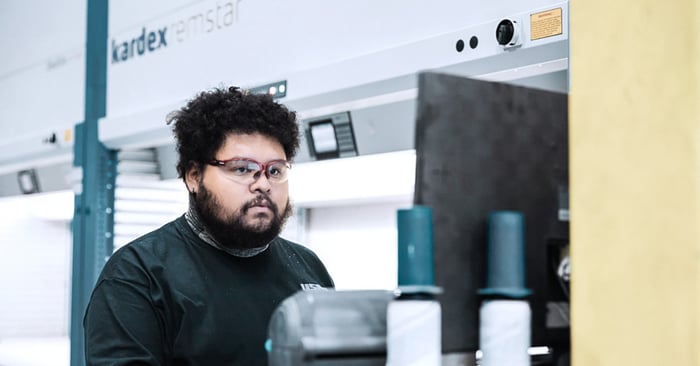Utilizing an Automated Kitting System that incorporates an automated storage and retrieval machine — such as Vertical Carousel Modules, Horizontal Carousel Modules, Vertical Lift Modules (VLMs) or Vertical Buffer Modules (VBM) — to store individual parts and completed kits creates a high-density, space-saving kitting operation.
How an Automated Kitting System Works:
- Individual items are organized and stored individually in totes, bins or sub-divided trays and stored within an automated storage and retrieval system. For maximum picking efficiency, the system’s internal Power Pick Global inventory management software automatically stores items for the same kit close together.
- When it is time to assemble the items into specific kits, the operator uses the automated storage and retrieval system as an order picking system, batch picking multiple kits into totes located on a conveyor or batch station.
- After the operator assembles the kits from the selected parts, the completed kits can be re-stored in the same storage device using a unique part number or transferred to another zone.
- When kits are needed, an operator accesses the storage location and retrieves the kit(s) and routes them to the next destination (assembly line, order consolidation, packing, etc.) quickly and easily.
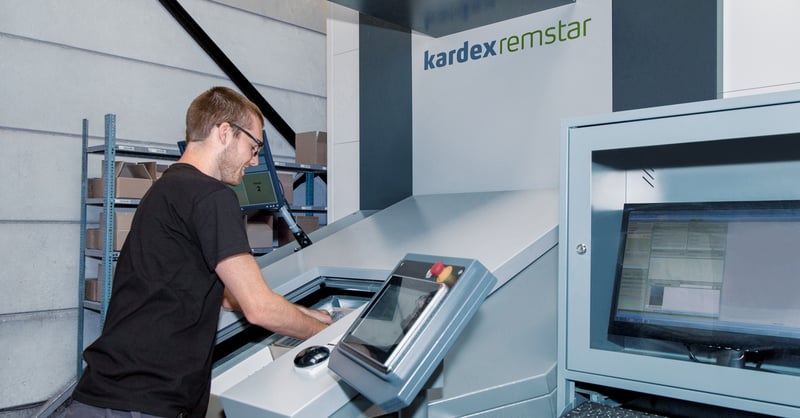
Benefits To Expect by Automating your Warehouse Kitting Process:
- Fast and efficient system for storage and picking of parts and kits
- Eliminates operator travel time
- Limited access ensures security of contents
- Uses 1/3 the energy of mini-loads and multi-shuttle systems
- Kits are delivered in sequence to the assembly area to support just-in-time manufacturing
Case Study: Flight Safety
In coordination with a new facility the stockroom implemented four Vertical Lift Modules to manage components and kit inventory. The new automated picking and kitting process has reduced stockroom labor requirements by 86%, increased accuracy to 99.9% and reduced floor space by 85%. Read more here.

